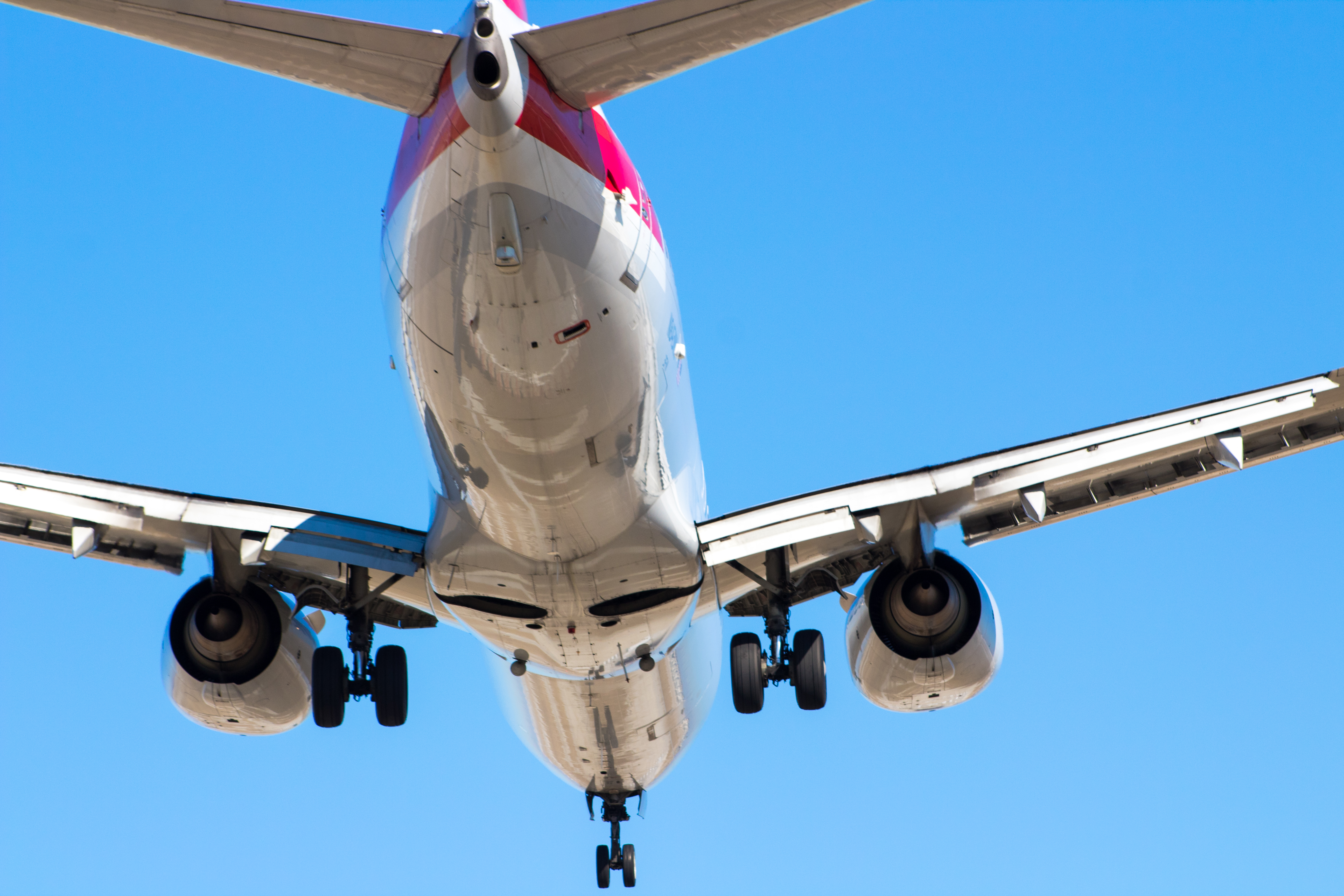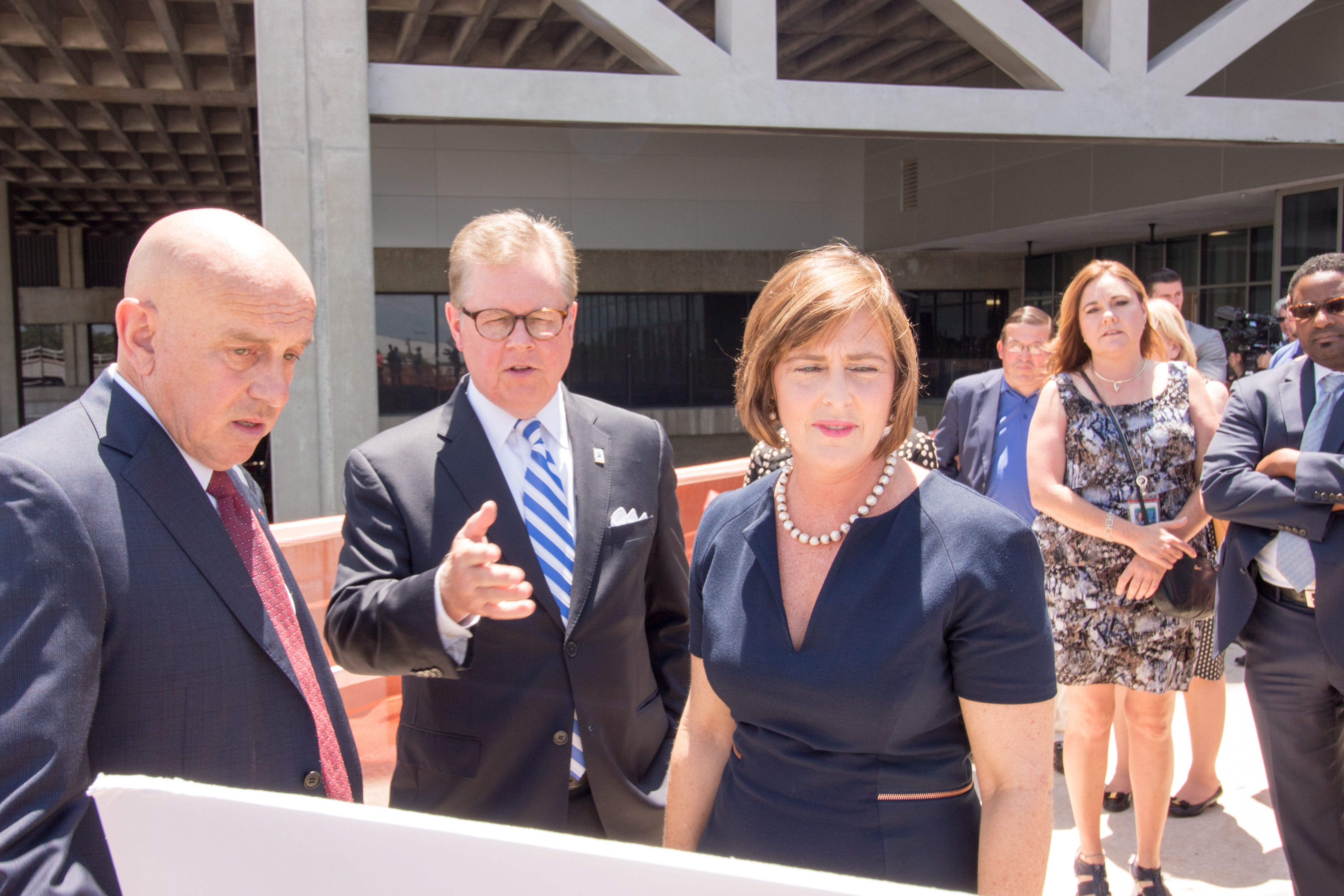Today marks the official start to Infrastructure Week 2019, the long-celebrated week each year when the infrastructure community comes together and engages in a broad conversation about the importance of modern infrastructure. For us, every week is Infrastructure Week (we’re not the first ones to make that joke and we won’t be the last…), but we’re proud to join in and represent airports in such an important dialogue this week.
As part of our participation in Infrastructure Week, ACI-NA will continue to amplify our important message about the need to invest in America’s aging airports. Beginning today, passengers in airports will have the opportunity to hear directly from ACI-NA on the benefits of an improved and modernized airport system. Watch by clicking below.
We couldn’t think of a better way to get our message in front of those who stand to benefit the most from the improved passenger experience, increased airline competition and lower airfares, and enhanced safety and security that will come when we meet the nearly $130 billion in infrastructure needs of America’s airports over the next five years.
We are proud to count CNN Airport Network as a valued ACI-NA member and an active participant in our Beyond the Runway Coalition. CNN Airport Network’s tremendous support for our industry is greatly appreciated as we ramp up our efforts to engage in a broad conversation about the importance of modern airports to local communities.
For the latest on Infrastructure Week, visit the Centerlines NOW blog or following along on social media using #InfrastructureWeek #BuildForTomorrow.












